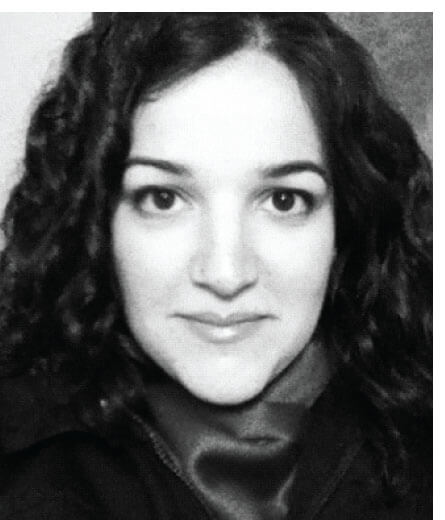From parking lots to wetslums

The American institute of architects, Eileen Allaverdian-Orumie, Apr 2013
Blue and orange, and then some more orange. For the past seven-and-a-half years, these two colors have symbolized the two universities that I attended, the University of Toronto and Syracuse University, while studying architecture. Today, I am an intern architect in the “orange nation” of the Netherlands.
At the University of Toronto, I learned to see through the eyes of a contemporary, provocative architect. Most, if not all, undergraduate architecture programs in Canada today are not professional programs in themselves but stepping stones of rigorous training for graduate studies in architecture. I decided to venture all the way down “south” (for a Canadian) to upstate New York where I completed a Master’s degree in Architecture at Syracuse University. There, I saw provocative architecture take form, and most importantly, I learned to find potential and relevance in the ordinary, and that architecture is found outside of the way things appear.
This eventually led to my thesis: Good Things Happen in Parking Lots, where I proposed to redesign the typology of the parking lot into a flexible public space, which could transform into unexpected functions when not in use. I see potential in the banal and overly pervasive infrastructure of the parking lot. Its simple poles, flat ground, and spray paint lines can be imagined to generate a malleable public space.
Think of all the empty parking lots in cities, often near stadiums and exhibition centers that are prime real estate, but underused. By introducing new elements like audiovisual equipment or lights that can easily slide vertically on poles, screens that can span across poles, embedded tent structures, and storage bins for rolled surfaces like turf or water storage that can make ice for skating rinks, ordinary parking lots can become vibrant public spaces.
At Syracuse University, I also assisted teaching freshman history, theory, and in my final year, design. I enjoyed getting to know a large number of designs at a time while being a student myself. In critiquing others’ work, I was also able to critique my own, while feeling like I was getting a break from it. I am grateful for the opportunity to teach at Syracuse, and hope to be in a position to teach again one day.
Two years ago, through Syracuse University Study Abroad Programs, which has one of, if not the best, study abroad options in the US, I spent some time in The Netherlands. Although positions are scarce today for young architects in The Netherlands, the opportunities still remain unique.
For the past months I have been working at Waterstudio, a firm led by Koen Olthuis, that designs and builds architecture on water. What attracted me to this studio was how uniquely Dutch their design ethos was and how the firm is based on a concept and vision that is actually similar to my own. Although as a Torontonian I have never thought to design floating buildings, I was drawn to Waterstudio because I think they see water the way I see parking lots, as something underused that has an untapped potential for improving city life.
Floating architecture can not only combat rising water levels. What I find particularly fascinating is the possibilities for flexibility and planning for change. Floating architecture can be transported as functions become obsolete. The firm is working on building a floating, movable platform for a wetslum in Bangladesh. Interestingly enough, there are plans for Waterstudio to design a floating complex for Oswego, New York, near my alma matter.
Needless to say, the learning experience I have found in the Netherlands is unique and I have significantly grown a designer in the past two months. As an emerging architect, the discipline has challenged me for the past eight years and is surely continuing to do so.
The possible applications of international internship experiences open the door for many opportunities. This is the great thing about being an architect: you don’t know where it will lead you. There are so many venues to explore, like public spaces in dead infrastructures or floating buildings, but as long as you open your eyes to see great things, you can only go great places
